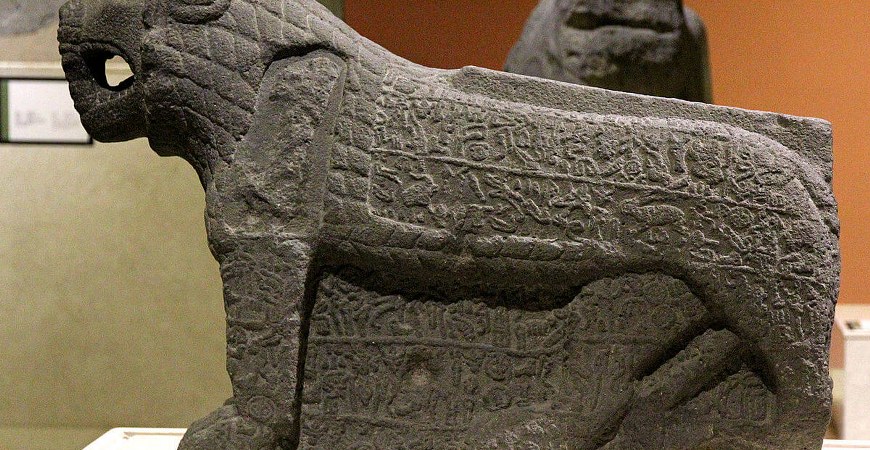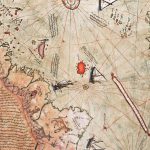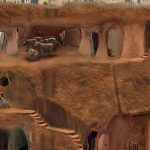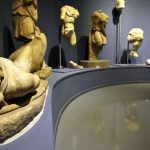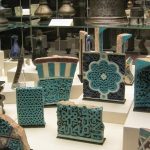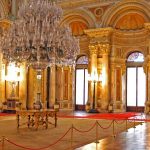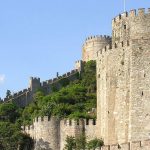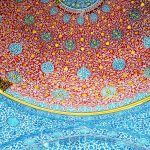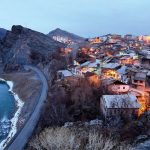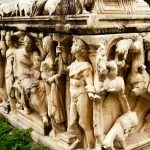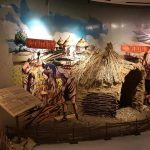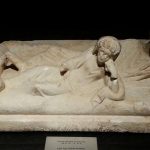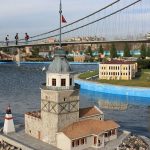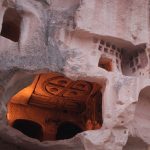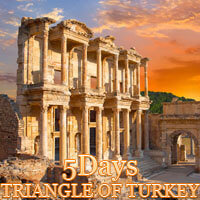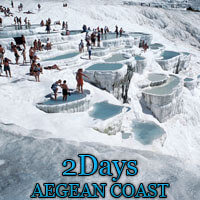Kahramanmaras – Kars and Kastamonu Museums in Turkey,
KAHRAMANMARAS MUSEUM
Kahramanmaras Museum was established temporarily in 1963 in the Casino building on top of Kahramanmaras Castle and opened to the public. In 1976 after the construction of a new museum building was completed Kahramanmaras Museum was opened to the public. Most of the works in the museum are Prehistoric findings and Hittite ceramics. In the section of stone works is Hittite period bas-reliefs, statues from the Roman and Byzantine periods, grave stones and masonry. There are also stone works from the Roman period, ceramics, and figurines, ethnographic works from the region and coins.
KARS MUSEUM
Kars Museum was opened in 1963 in the Kumbet Mosque, itself a building of historical interest, which was built as a church at the time of the Bagratli dynasty by Abbas II Takavor from 930-937 AD. In 1579 it was turned into a mosque. Archaeological works from Kars and its surrounding region, as well as objects uncovered by the Ani excavations, were gathered here, but could not be exhibited for Want of a suitable exhibition room. After the new museum building is completed the works will be moved there and exhibited.
KASTAMONU MUSEUM
Kastamonu is a historical city situated in the region called Paphlagonia in classical times and was in turn occupied by the Seljuks, Candarogullar, and Ottomans. The first museum in Kastamonu was established in the Union and Progress Club room in 1943, where museum works from Kastamonu, Sinop, Zonguldak, and Cankiri were gathered. The works were exhibited in two sections; archaeological and ethnographical, and in 1950 the museum was opened to the public. The museum consists of five sections as follows:
1 — In the entrance and corridor are weapons. They include flintlock guns and pistols dating from the XVII century, bows and arrows, swords, shields.
2 — In the small room to the right of the corridor are souvenirs from Ataturk’s visit to Kastamonu in 1925, the table which he used in this building, dinner and coffee services, towels and photographs.
3 — In the large room to the right of the corridor are archaeological works, including stone, metal, glass, and ceramic objects from the Prehistoric Age, Hellenistic, Roman and Byzantine periods, statues of Eros, Artemis, Nike and a satyr, lamps, idols, bottles, pottery etc.
4 — In the room at the end of the corridor are Roman period sarcophagi, styles, inscriptions, statues, masonry etc.
5 — The room on the upper floor contains ethnographic objects, including examples of folk art from the region of Kastamonu, such as women and men’s clothing, embroidery, tekke objects, leather and metal objects etc. The library of the museum contains manuscripts, inscriptions, archive documents, books and a collection of coins. In the garden of the museum are Roman period building stones, grave stones, statues of lions and bulls, Ottoman grave stones and large jars.

